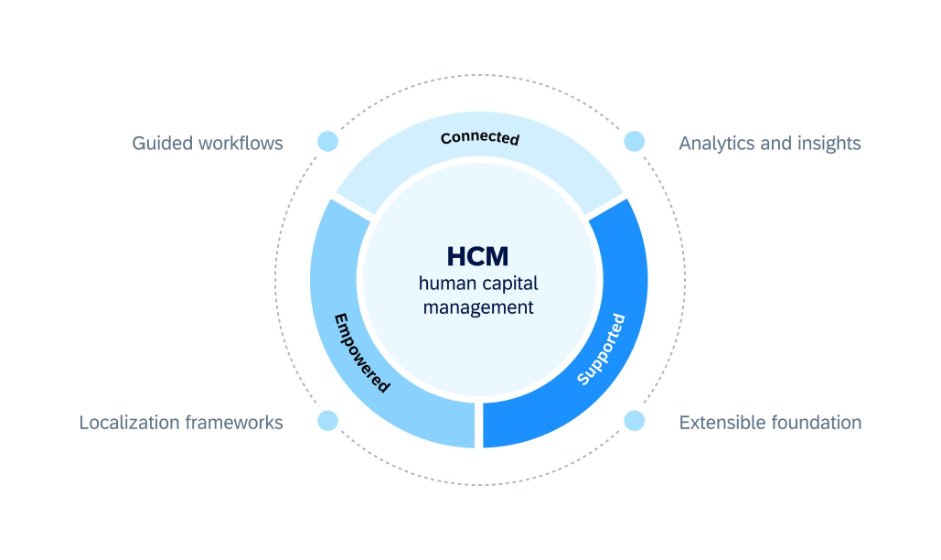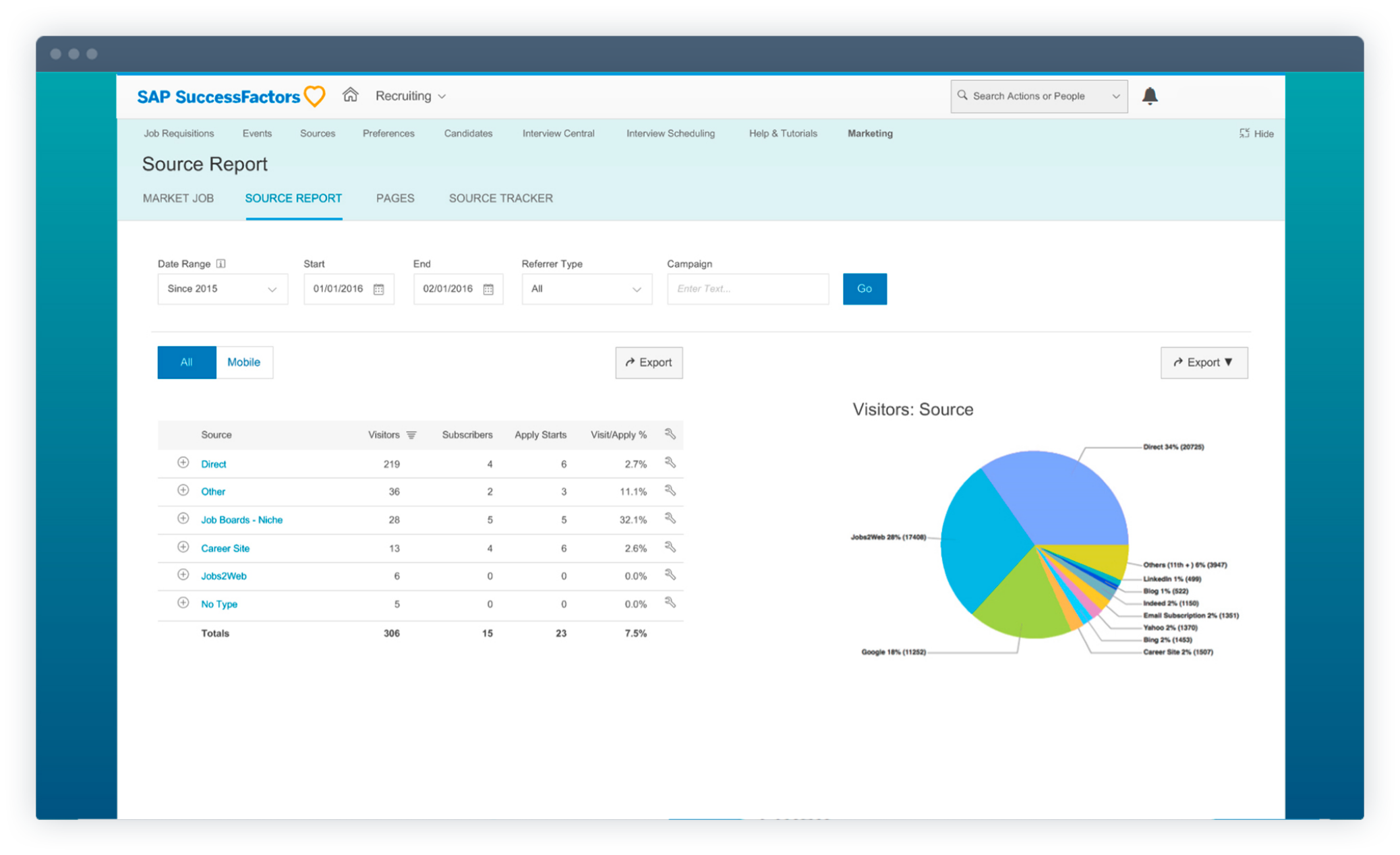When soft HR meets hard HR — the implementation of SAP SuccessFactors in an organization with SAP HCM. Business Perspective (Part 1/3)

Many companies in Poland today face a dilemma: how to combine soft HR in the cloud with traditional, hard HR that has been operating for years on SAP HCM? In this article, we look at the business aspects of implementing SAP SuccessFactors in an organization that already uses SAP HCM (or S/4HCM). We will discuss the specifics of the Polish market — the division of soft and hard HR — and the reasons why companies maintain HR and payroll processes on-premise, while implementing SuccessFactors modules for “soft” processes.
Soft vs. Hard HR in Polish Reality
The Polish HR market is traditionally divided into:
- areas of hard HR (personnel administration, working time, wages, formal and legal matters);
- and soft HR (recruitment, talent development, training, employee appraisals, employee engagement, etc.).
This chapter is reflected in the information systems used by organizations.
HCM JUICE (also known as SAP HR) has been supporting key, “hard” HR and payroll processes for years — most companies use SAP HCM modules for organizational structure management, personnel administration (PA), working time records and accounting (PT), and payroll (PY).
These are mature solutions, tailored to local regulations and needs, for which until recently there was no viable alternative on offer SAP. These basic functionalities will remain a pillar of SAP's HR offering for a long time to come.

Soft HR In turn, it is increasingly entrusted to modern cloud tools. SAP Since 2012, it has been developing the then acquired SuccessFactors platform, offering a rich suite of talent management solutions (the so-called BizX package) — it includes, among others, recruitment, onboarding, goal and assessment management, succession and development, training (LMS) and compensation modules.
The centerpiece of this suite is SuccessFactors Employee Central (EC), a cloud-based employee database containing basic personal and organizational information about employees.
This means that Polish companies wishing to modernize HR often opt for a hybrid model — hard HR functions stay with them, and selected soft functions go to the cloud.

Why do organizations combine SAP HCM (hard HR) with SuccessFactors (soft HR)?
Maintaining certain HR processes on-premise while implementing SuccessFactors is due to practical business needs and technological limitations.
Here are the main reasons why companies choose such a hybrid approach:
Local regulations and maturity of SAP HCM modules.
SAP HCM HR and payroll modules are tested and adapted to Polish legal realities (e.g. complicated calculation of leave, working time, taxes, Social Insurance). HR departments value them for reliability and regulatory compliance.
Modernity and usability of soft HR
On the other hand, the “soft” modules in SAP HCM (e.g. classic e-Recruitment, training management or evaluations in SAP ERP) stand out from modern solutions in terms of UX and innovation.
SuccessFactors offers a visually attractive, intuitive web interface also available on mobile devices, which translates into a better user experience (candidates, employees, managers).
In the age of digital transformation, employee experience is important — friendly cloud tools can increase engagement and satisfaction with using HR systems.

Innovation and functional development
SAP focuses the development of new HR functions primarily in the cloud. Traditional on-premise modules receive only limited support and minor technical updates — there is no need to count on major innovations in areas such as recruitment or assessment in SAP HCM.
For example, clients using an on-premise salary management module or e-Recruitment will have to rely on their own solutions or partners if they want to develop these tools.
By choosing SuccessFactors, your organization gains access to the latest features developed by SAP (e.g. intelligent algorithms, analytics based on SAP HANA, benchmarks based on data from thousands of companies) and regular quarterly updates. It is an investment in the future of HR.
Protection of existing investments
Companies have often invested significant resources in adapting SAP HCM to their needs (configurations, extensions, integrations with other systems). The hybrid model protects these investments — key processes (e.g. payroll) continue to operate on a proven system, and SuccessFactors fills gaps in soft areas.
For organizations that have heavily modified their on-premise solutions, maintaining them for a while may be more cost-effective than migrating to the cloud immediately.
SAP allows you to extend the life of SAP HCM — standard support for SAP ERP HCM lasts until 2027 (with the option to extend until 2030), and then there is the option to migrate to SAP HCM for S/4HANA (so-called H4S4) with provided support until 2040.
This means that companies can maintain a hybrid model for the next decade, gradually preparing for a possible full cloud future.
Step by step instead of revolution
Implementing a full cloud Core HR (Employee Central) can be a big undertaking, especially for large organizations. Choosing a hybrid allows you to start with soft modules (e.g. SuccessFactors Recruiting, Learning, Performance & Goals) that deliver quick business benefits without moving the critical backbone of the payroll system.
The HR department can gradually adapt to the new system and the company avoids the risk of a one-off, massive change (the so-called “big bang” approach). If necessary, you can stay in the mixed model for as long as it is convenient, or at a convenient time, extend SuccessFactors with Employee Central and move more and more processes to the cloud.
summary
Organizations use SAP HCM for hard processes and SAP SuccessFactors for soft, because this combination allows them to benefit from both worlds — stability and compliance with local requirements on the one hand, and innovation and excellent UX on the other. Of course, this brings benefits and integration and organizational challenges, which we will look at in the next entry.
Latest Articles
A frequent choice for modern HR becomes a hybrid model. What strategy — SAP HCM Master or SAP SuccessFactors EC Master — will best prepare your organization for the future in the cloud?
Learn about the success factors of implementing a hybrid SAP SuccessFactors and SAP HCM model that make change a daily practice. How to plan for adoption so that the hybrid model really works in your organization?

